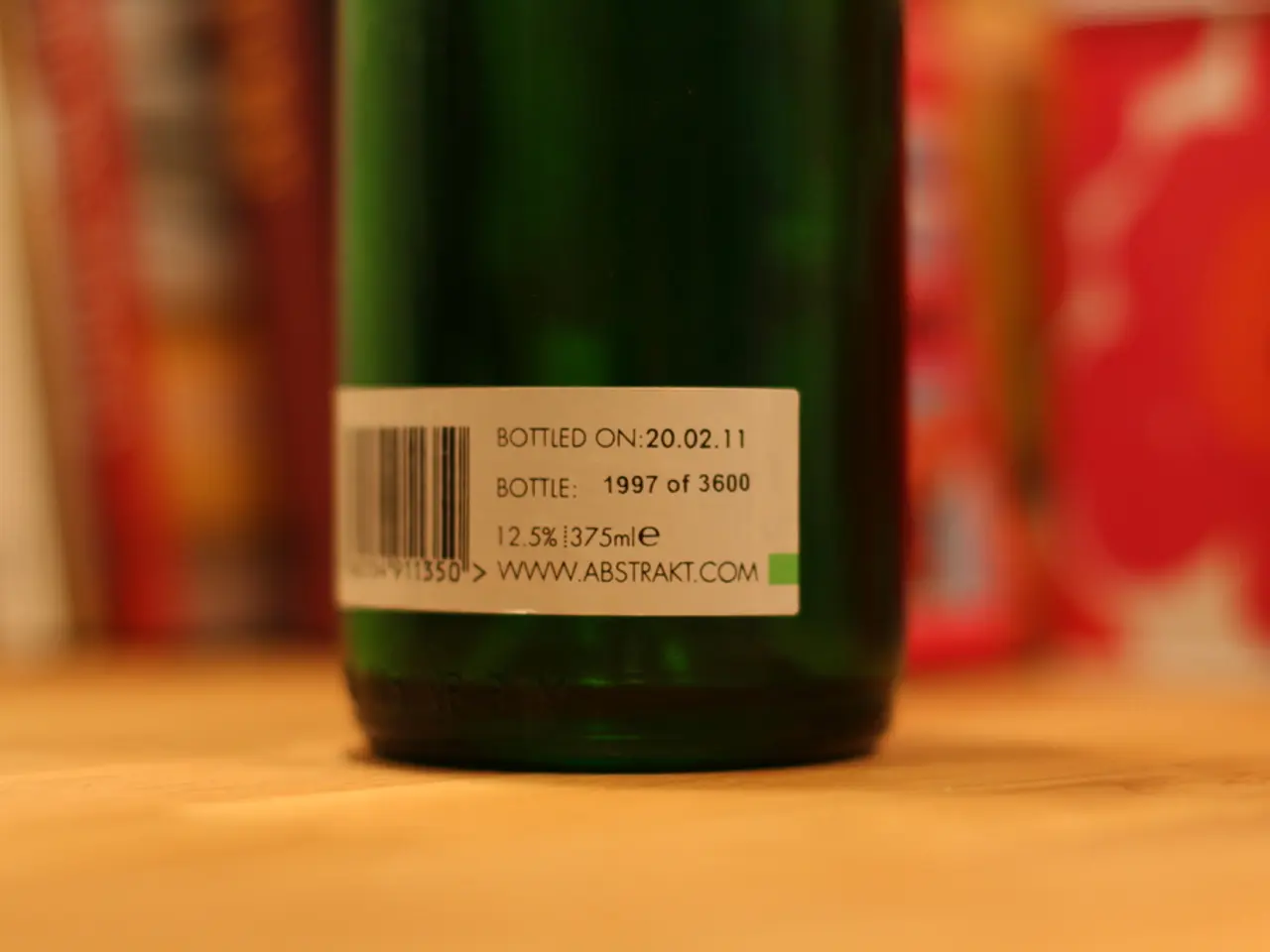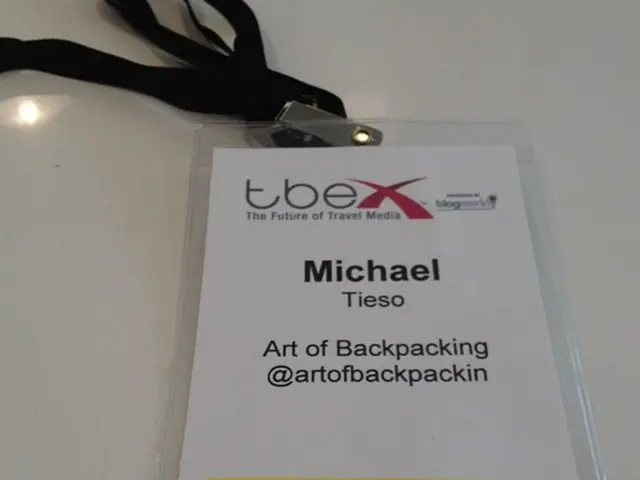Fructose Market Forecasted to Exceed $8.1 Billion by 2034
The fructose market is experiencing a surge in growth, driven by its versatility across various industries such as food, beverage, pharmaceutical, and personal care. This boom is primarily due to consumer demand for natural, low-glycemic sweeteners and cost-effective solutions.
In response to this growing demand, companies like Galam, an Israeli-based sweetener producer, are expanding their fructose syrup production to meet the needs in Europe and Asia. Galam is also investing in Research and Development (R&D) for fructose reduction technologies.
DuPont, another major player, has introduced advanced enzymes for starch processing, enhancing fructose yield in High Fructose Corn Syrup (HFCS) production. DuPont is also researching fructose alternatives for low-calorie sweeteners.
Europe maintains a steady demand for fructose, primarily in bakery, dairy, and beverages, despite cautious formulation strategies due to sugar reduction regulations. Fructose is widely used in beverage sweetening, especially HFCS in soft drinks, juices, and energy drinks.
Cargill has developed a new non-Genetically Modified Organism (GMO) fructose syrup to cater to clean-label demands and is working on enzyme technology to improve fructose extraction efficiency.
Asia Pacific is a growing market for fructose, driven by population growth, urbanization, and rising demand for packaged foods in emerging economies.
Ajinomoto has launched a new low-fructose sweetener blend, combining aspartame and stevia, targeting diabetic and health-conscious consumers.
Emerging trends like clean-label and organic formulations further boost the growth of the fructose market. ADM has expanded its production capacity for sweeteners, including HFCS, to meet rising global demand and has introduced new fructose-based solutions for beverages and dairy products.
Latin America and the Middle East & Africa hold smaller shares in the global fructose market but show growth potential due to expanding food industries and increasing preference for sweetened products.
The global fructose market, particularly HFCS, is projected to grow steadily with a Compound Annual Growth Rate (CAGR) of around 3.45% from 2025 to 2030, reaching approximately USD 10.67 billion by 2030. Key growth drivers include the rising demand for processed foods—especially in Asia-Pacific and Latin America—competitive cost advantages over conventional sugar in North America and sugar-importing regions, and beverage formulators’ preference for liquid-stable HFCS-55 globally.
Regionally, North America currently holds the largest market share due to a strong presence of major food and beverage companies and high consumption of processed foods and beverages. Asia-Pacific (notably China and India) is an emerging fast-growing market driven by increasing disposable incomes, urbanization, and changing consumption patterns. Europe maintains a substantial share overall.
In terms of product type, HFCS-42 is expected to grow at a higher CAGR (~8.9%) particularly for non-beverage uses such as baked goods. HFCS-55 remains preferred for beverage formulations due to its liquid stability and sweetness profile.
The major applications across industries include the beverage industry, processed foods, bakery and confectionery, and sugar-free and health-conscious products. The growing sugar-free food and beverage market also uses fructose-based sweeteners, although demand for alternative sweeteners alongside HFCS exists due to rising health awareness related to obesity and diabetes.
In conclusion, the global fructose market growth is supported by processed food and beverage demand, technological progress in production, regional consumption growth (notably North America and Asia-Pacific), and expansion in bakery and confectionery applications. The market faces some competing dynamics from health trends pushing sugar alternatives, but HFCS remains a cost-effective and functional sweetener widely applied across the food and beverage industries.
[1] Global Fructose Market Report 2021: Industry Trends, Share, Size, Growth, Opportunity, and Forecast 2026
[2] Fructose Market: Global Industry Analysis, Trends, Market Size, and Forecasts up to 2025
[3] Fructose Market to Witness Steady Growth from 2021 to 2028
[4] Fructose Market Size, Share & Trends Analysis Report By Application, By Region And Segment Forecasts, 2021 - 2028
[5] Global Fructose Market to Grow at a CAGR of 3.45% During the Forecast Period 2021-2030
- The manufacturing industry, specifically sweetener producers like Galam, are expanding their business in response to the growing demand for fructose.
- In addition to production, companies are investing in Research and Development for fructose reduction technologies.
- DuPont, another corporation, has developed advanced enzymes for fructose yield enhancement in High Fructose Corn Syrup (HFCS) production.
- Europe's retail sector, particularly the bakery, dairy, and beverages industries, has a steady demand for fructose.
- Asia, driven by population growth and urbanization, is a significant market for fructose, especially in the aerospace industry, with an increase in demand for packaged foods.
- Ajinomoto has entered the food-and-drink industry by launching a low-fructose sweetener blend, catering to diabetic and health-conscious consumers.
- Emerging trends in lifestyle and personal-finance, like clean-label and organic formulations, contribute to the growth of the fructose market.
- In the realm of finance, organizations like ADM are making investing decisions based on the rising demand for fructose-based sweeteners and are increasing production capacity.
- Data-and-cloud-computing technologies are playing a crucial role in optimizing fructose production efficiency and meeting the needs of various industries.
- Sports, especially sports-betting, and the beverages industry are intertwined, as beverages like energy drinks are increasingly used in sports activities, contributing to the growth of the fructose market.




